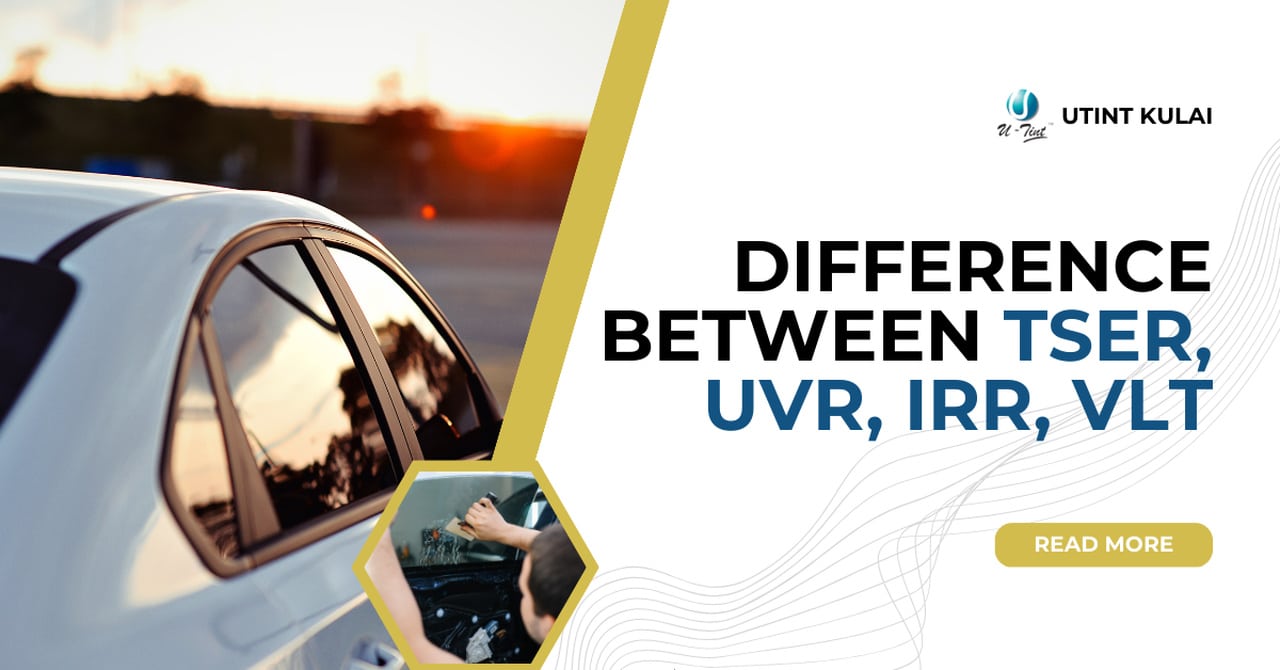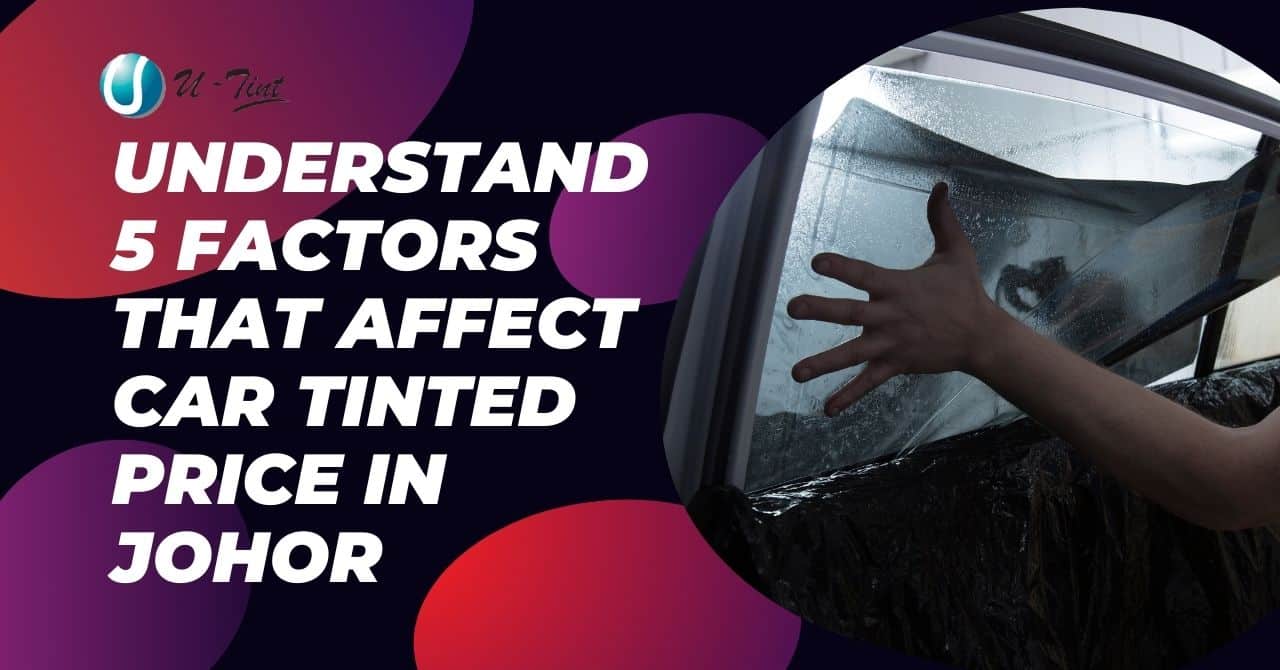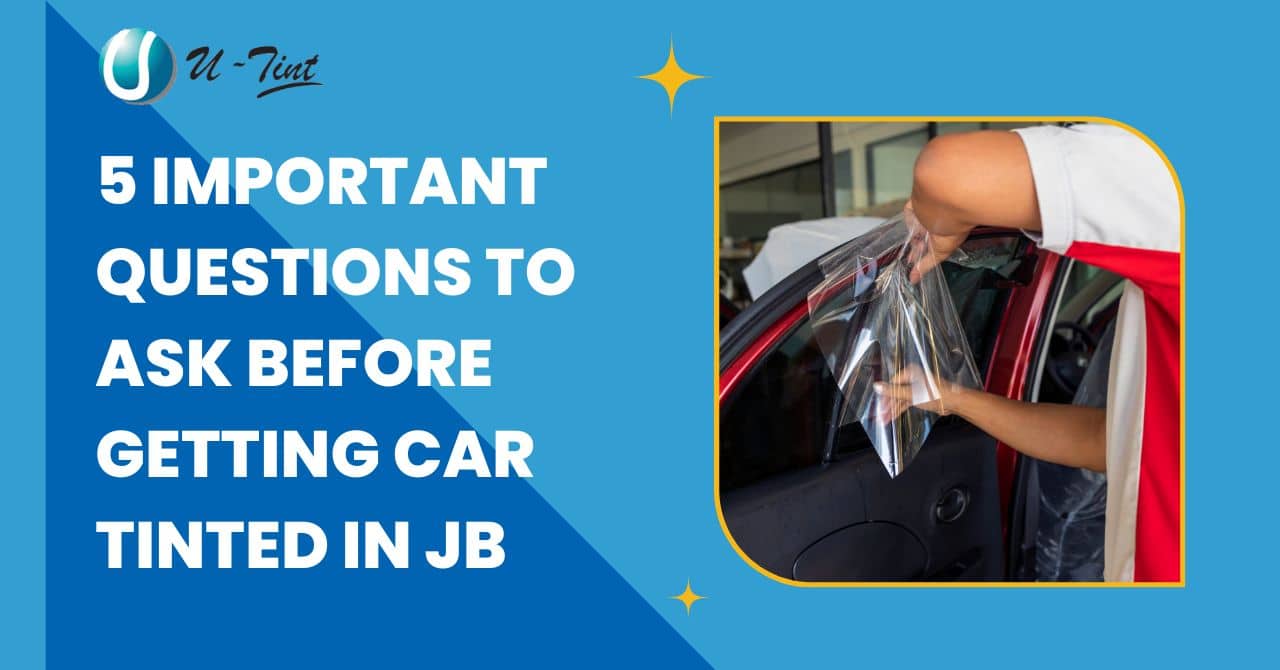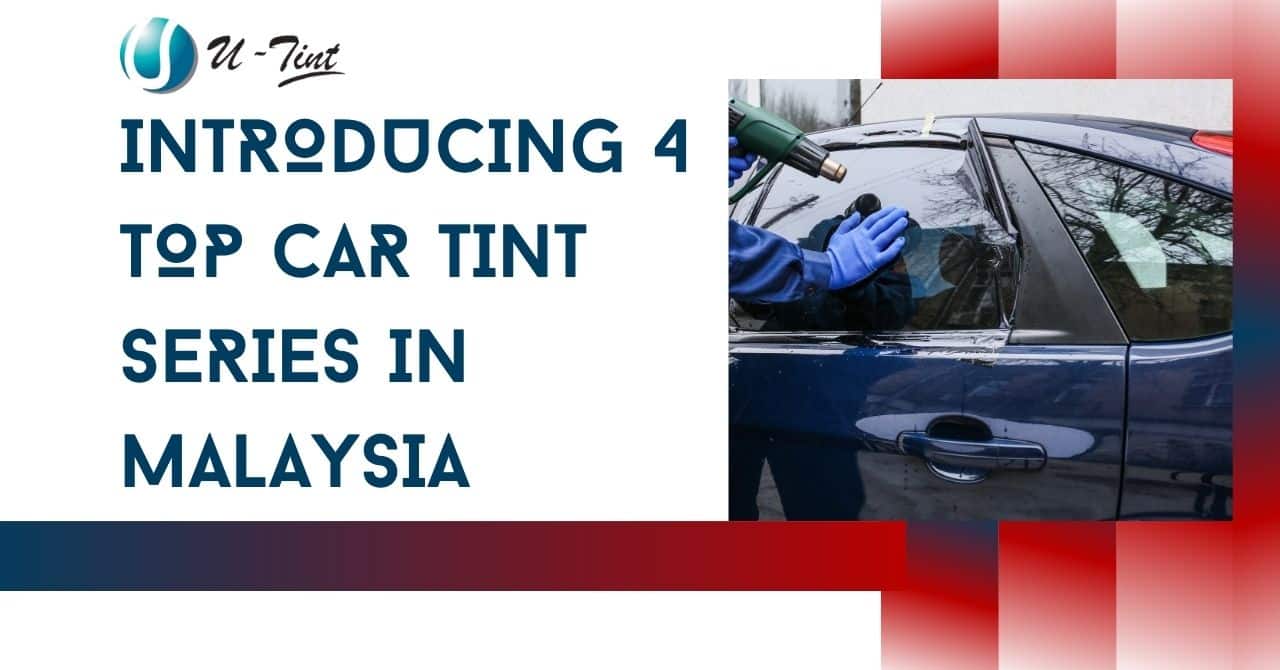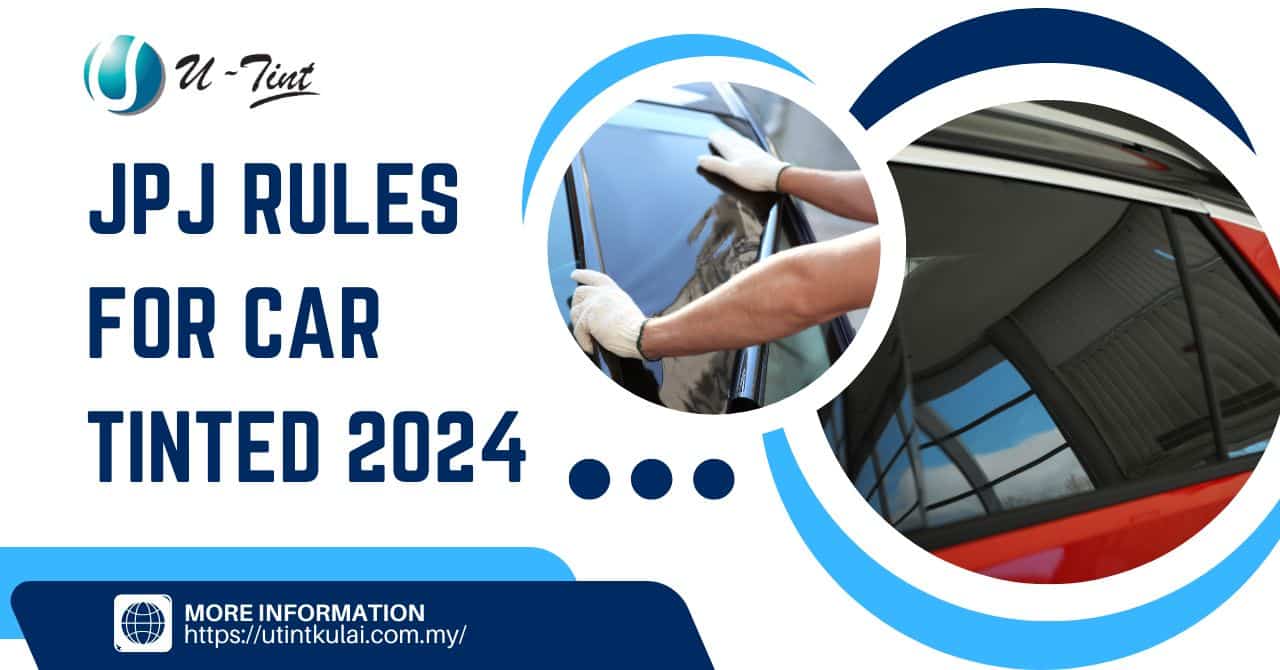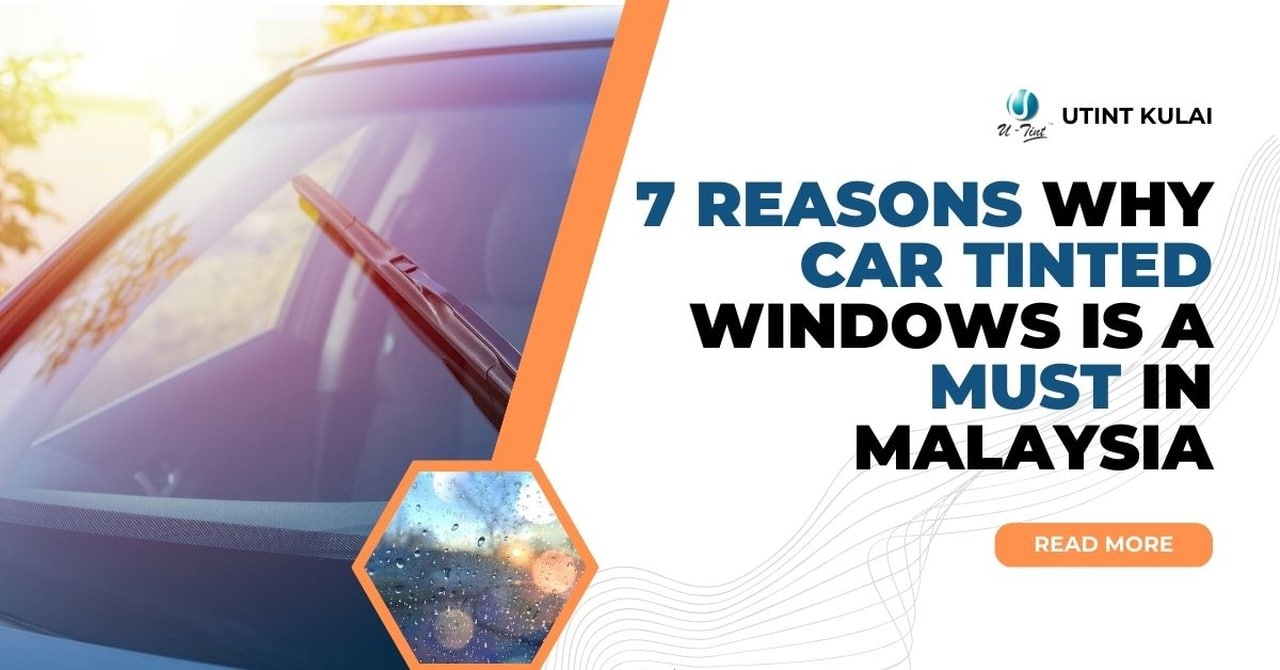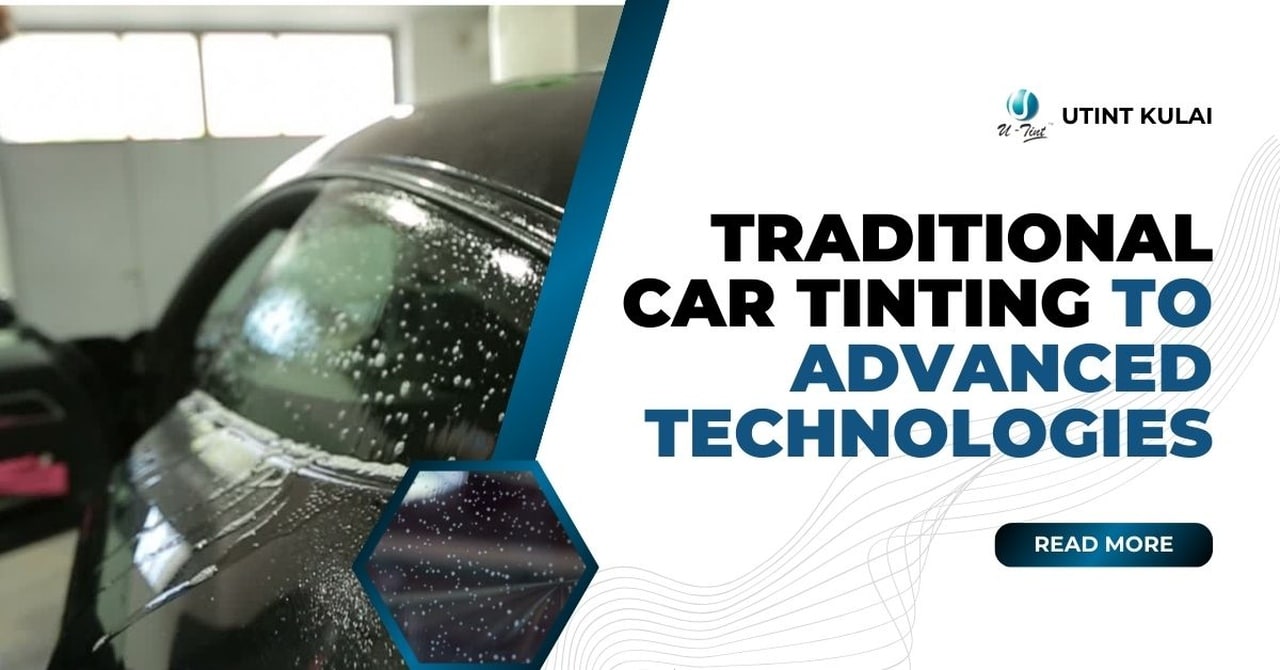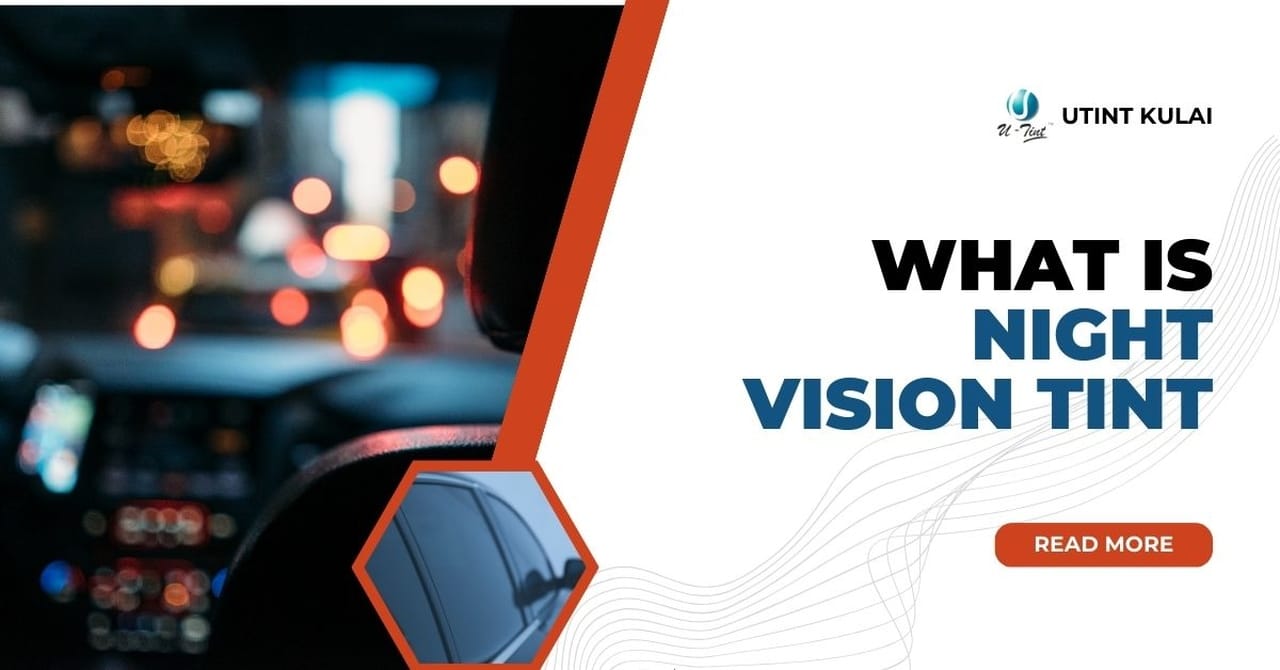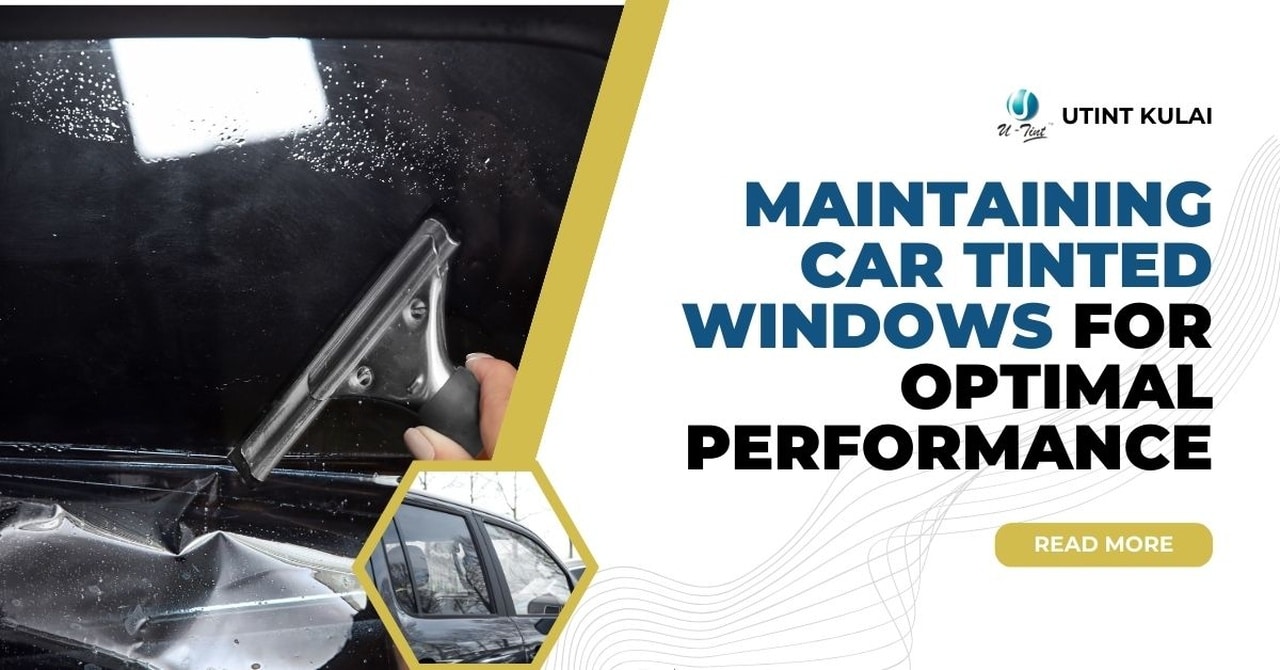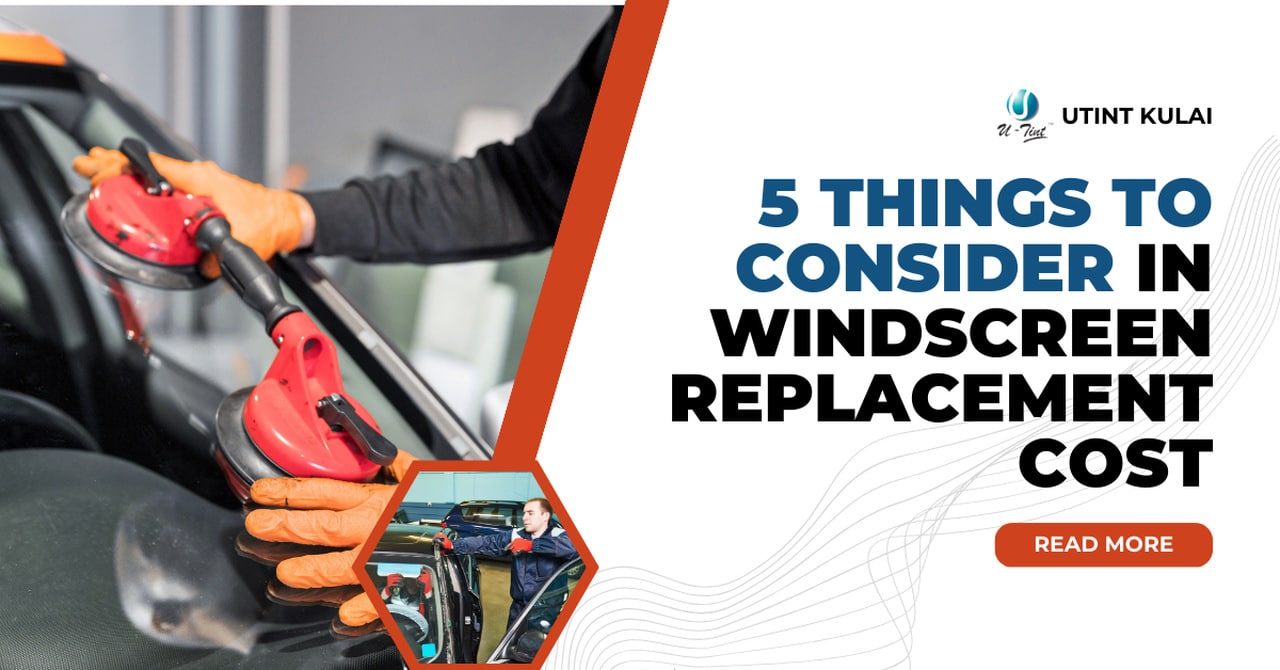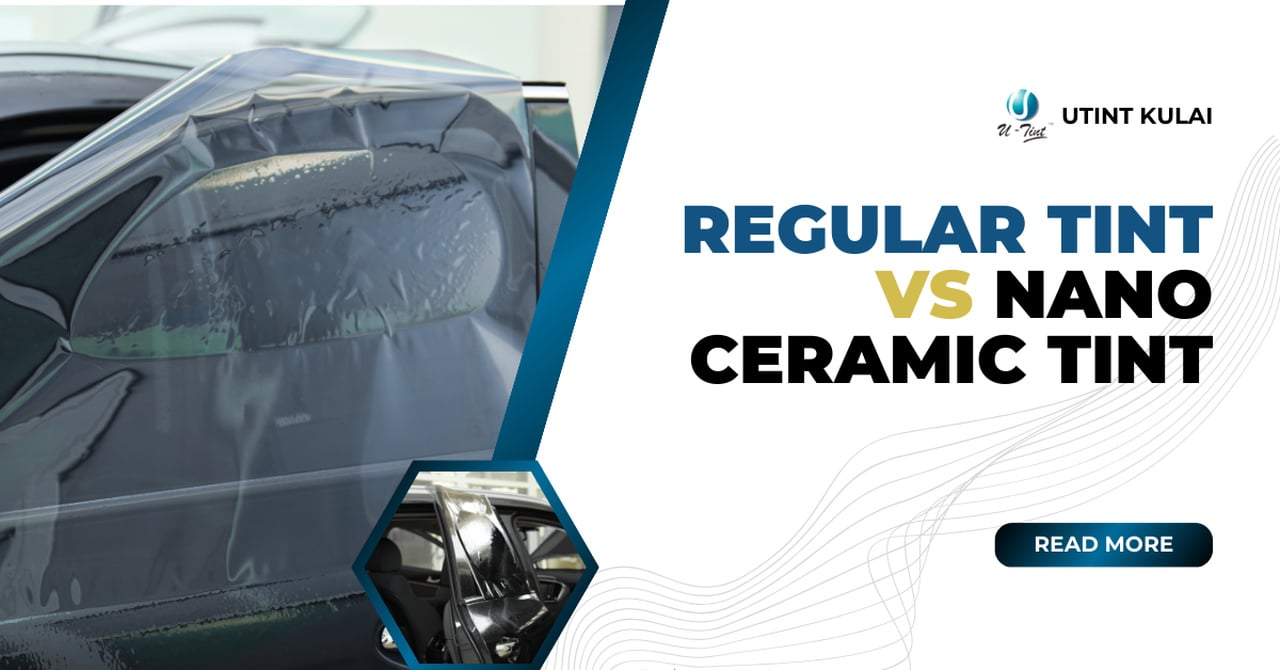Introduction
Car window tinting is more than just a style statement; it serves various practical purposes. Understanding the key terms associated with window tinting, such as TSER, UVR, IRR, and VLT, is crucial for making informed choices. In this comprehensive guide, we will unravel the differences and importance of these factors when considering window tint for your vehicle.
The Basics of Window Tinting
Car window tinting involves applying a thin film to your vehicle’s windows. This film is designed to reduce the amount of sunlight and heat that enters your car, offering benefits such as UV protection, privacy, and enhanced aesthetics. To make an informed decision about car window tint, you need to understand the following key terms:
TSER - Total Solar Energy Rejected
TSER is a critical metric in the world of window tinting. It represents the percentage of solar energy (both visible and non-visible light) that the tint film blocks. A higher TSER means better heat rejection and a cooler interior. When you opt for a tint film with a high TSER, you can enjoy a more comfortable ride, especially during hot summer months.
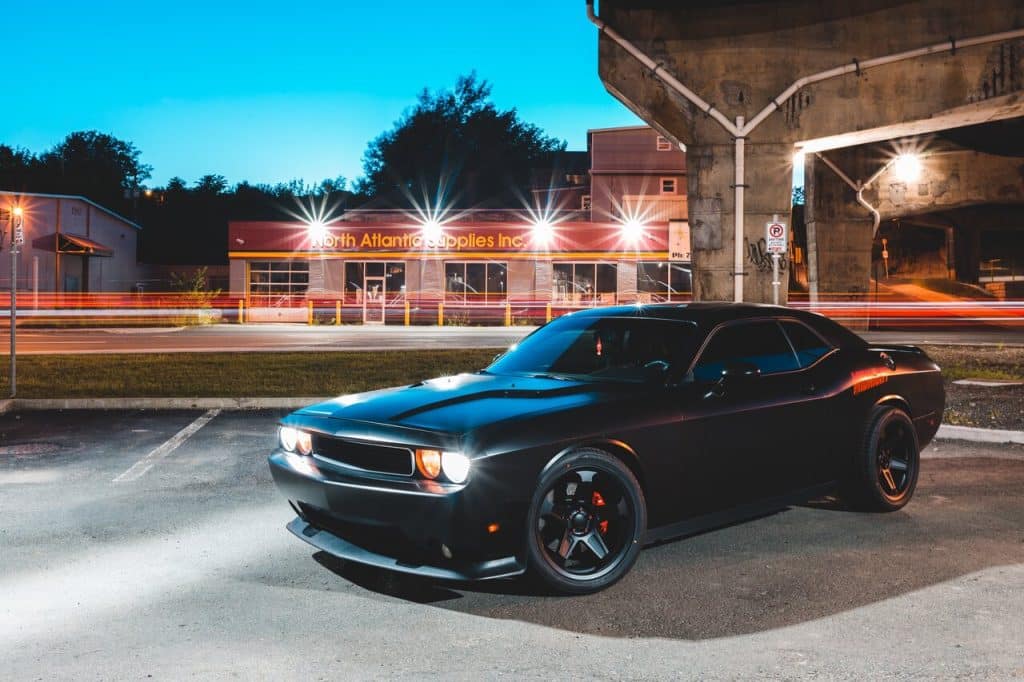
UVR - Ultraviolet Rejection
UVR measures the window tint’s ability to block harmful ultraviolet (UV) rays from the sun. Prolonged exposure to UV rays can damage your skin and your car’s interior. Therefore, a window tint with high UVR is essential for protecting both yourself and your vehicle from the sun’s harmful effects. It’s like sunscreen for your car.
IRR - Infrared Rejection
Infrared rays from the sun are responsible for heat buildup inside your car. IRR measures the window tint’s ability to block these rays, reducing the heat that penetrates your vehicle. With higher IRR, you can keep your car cooler and reduce the need for excessive air conditioning, which saves fuel and energy.
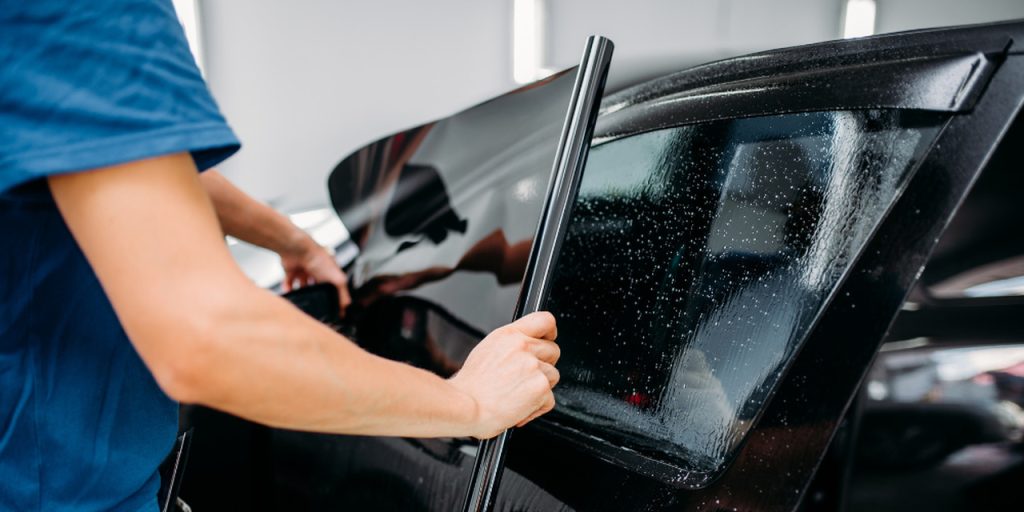
VLT - Visible Light Transmission
VLT indicates the amount of visible light that can pass through the window tint. It is measured as a percentage, with lower percentages indicating darker tints. The right VLT percentage depends on your preference for privacy and your local tinting regulations. Darker tints offer more privacy but may not be legal in all areas.
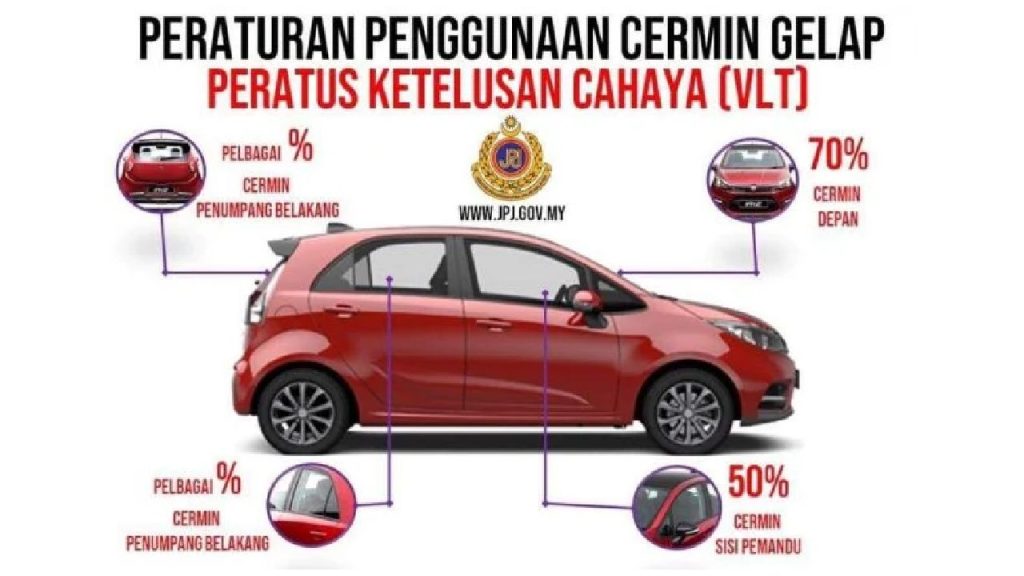
Conclusion
Understanding the differences between TSER, UVR, IRR, and VLT is essential when choosing window tint for your car. Each rating serves a specific purpose, from reducing heat and UV rays to enhancing privacy and visibility. Make an informed decision based on your priorities and local regulations. With the right window tint, you can enjoy a cooler, more comfortable, and protected driving experience.
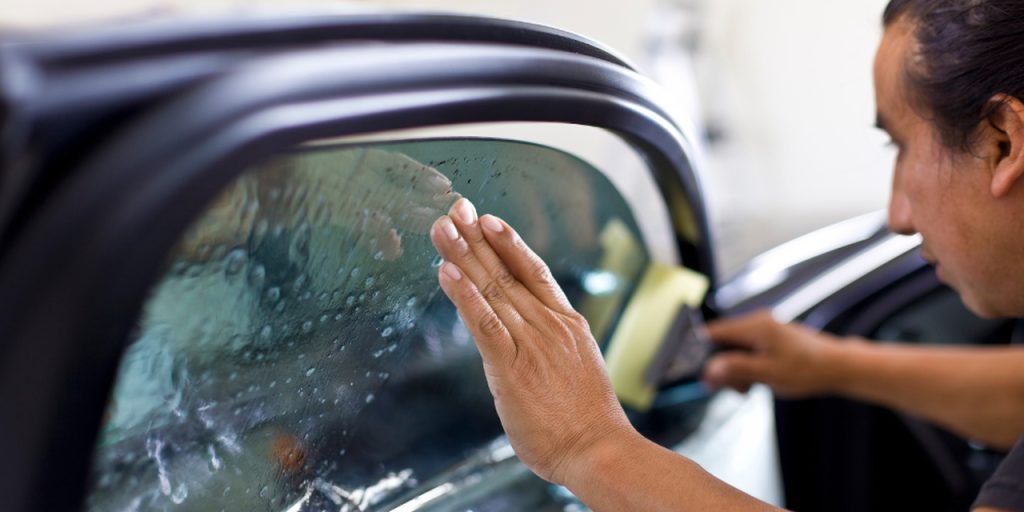
Frequently Asked Questions (FAQs)
Most reputable window tint manufacturers provide this information on their product packaging or websites. You can also ask your local tinting professional for details.
The importance of each rating depends on your specific needs. For heat reduction, prioritize high TSER and IRR ratings. If UV protection is your concern, focus on UVR. VLT should be chosen based on your preference for light or dark tints.
While it’s common to tint side and rear windows, the regulations for tinting the windshield vary by location. Check your local laws to ensure compliance.
Yes, a higher VLT percentage allows more visible light to pass through, enhancing visibility. However, it may also reduce privacy.
Modern window tints are designed not to interfere with electronic signals, so your devices should work as usual.
The lifespan of window tint varies depending on factors like quality, climate, and installation. High-quality tints can last up to 10 years or more.

